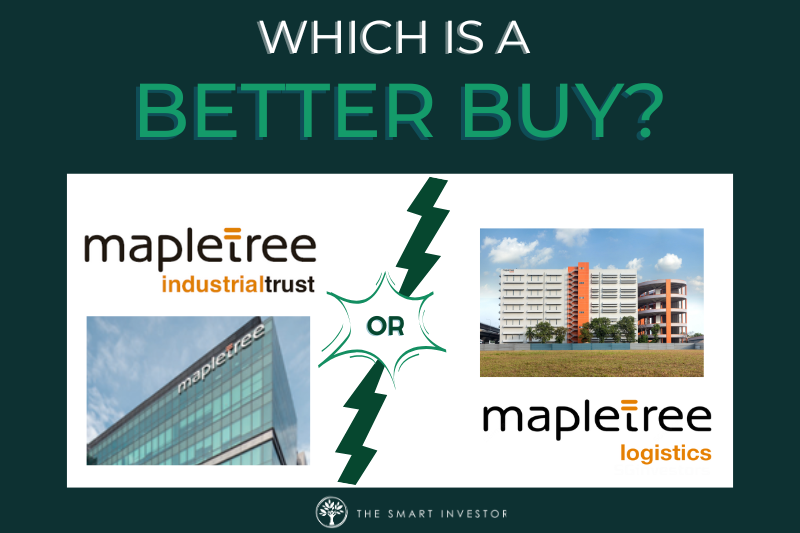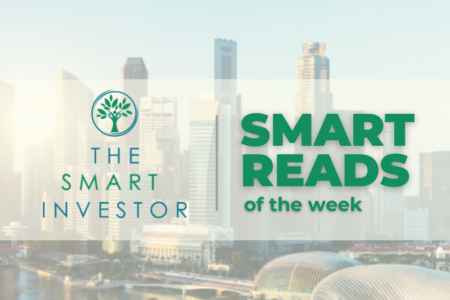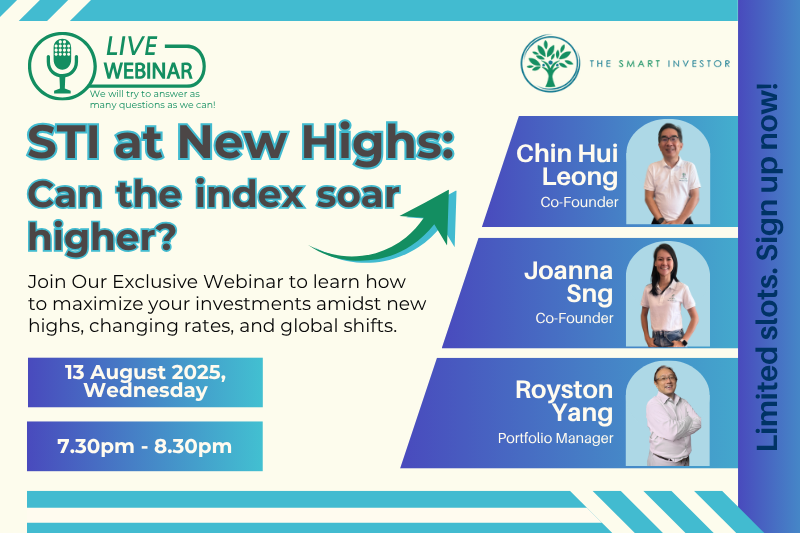Industrial real estate investment trusts (REITs), with their resilient performance and exposure to strong growth trends such as e-commerce and AI, have long been favoured by investors.
Under the blue-chip Mapletree family are two such REITs: Mapletree Industrial Trust (SGX: ME8U), or MIT, and Mapletree Logistics Trust (SGX: M44U), or MLT.
Let us take a look at which is the stronger buy right now.
Mapletree Industrial Trust: Industrials + Data Centres Exposure
MIT has a portfolio of assets that is focused on industrial properties and data centres across Singapore and North America. As of its latest update, 30 September 2025, the portfolio has a value of S$8.5 billion.
For the second quarter of its FY25/26 (2Q FY25/26), MIT’s distribution per unit (DPU) declined 5.6% year-on-year (YoY) to S$0.0318, reflecting exchange rate headwinds, reduced rental income from some existing properties, and recent property divestments.
Overall occupancy rate for the REIT remains stable at 91.3%. The industrial operator disclosed a positive rental reversion of 6.2% for its Singapore portfolio (45.2% of its overall portfolio). MIT did not disclose rental reversions for its North America and Japan portfolios.
The REIT has a majority of its debt (69.0% of total borrowings) coming due from FY25/26 to FY28/29. In particular, FY27/28 has 24% of total borrowings, or S$766.4 million, maturing.
MIT reported lower leverage of 37.3% in 2Q FY25/26 compared to 40.1% in 1Q. Its cost of debt also declined slightly to 3.0%. The REIT has 92.9% of its debt hedged or in fixed rates.
With its portfolio of data centres across Singapore, North America, and Japan (with most of them in North America), MIT is well-positioned to capture the secular growth in data centre demand..
The REIT’s risks include:
- Currency fluctuations, which could hamper earnings, because of its USA and Japan properties.
- Tenant concentration, where its top 10 tenants contribute 30.7% of gross rental income.
- Possible higher financing costs, which would pressure its margins and DPU.
Mapletree Logistics Trust: Logistics + E-commerce Exposure
MLT has a portfolio of logistics assets in nine markets across Asia-Pacific.
In its latest update, for the second quarter of its FY25/26 (2Q FY25/26), the REIT’s portfolio was valued at S$13.0 billion.
MLT’s DPU declined 10.5% YoY to S$0.01815 in 2Q FY25/26, owing to forex impacts and the lack of divestment gains. I
The REIT’s latest occupancy rate of 96.1%, up from 95.7% in the previous quarter, highlights strong demand for its assets.
This is further exemplified by MLT’s positive portfolio rental reversion of 0.6% (2.5% ex China).
MLT has an aggregate leverage ratio of 41.1%, indicating a decent balance sheet, and stable from a quarter ago.
Its average cost of debt also dipped slightly to 2.6%, compared to 2.7% in the previous quarter.
The REIT has a well-spread-out debt maturity with 84% of total borrowings due between FY26/27 and FY30/31. MLT has also hedged or fixed rates for 84% of its total borrowings.
The logistics REIT is exposed to secular growth drivers such as e-commerce, which has led to a surge in demand for regional logistics properties.
MLT faces some risks, including currency fluctuations, slower global trade, and possible refinancing pressure should interest rates rise.
Head-to-Head Comparison
Both REITs offer juicy yields: MIT has a trailing twelve-month (TTM) yield of roughly 6.0% while MLT has a trailing TTM yield of approximately 5.6%.
Distribution growth for both REITs, given their exposure to secular growth themes in the form of data centres and e-commerce, should be able to continue steadily in the future.
This said, do watch out for FX fluctuations – a risk I highlighted for both REITs earlier – given their large foreign exposure.
Both REITs have relatively diversified portfolios.
MIT is diversified across its industrial and data centre properties, while MLT has geographical diversification with its assets spread across Asia-Pacific.
Both REITs face similar interest rate risk, where higher rates may cause refinancing risks and impair margins, leading to lower distributions.
Get Smart: Which REIT Comes Out Stronger?
MIT represents a stronger play for AI and digitalisation growth via its data centres.
On the other hand, MLT provides regional e-commerce exposure with its logistics properties.
Both are high-quality REITs offering solid yields, but investor preference may depend on digital versus logistics growth themes.
This could be the fastest way to jump from a “newbie” investor to a seasoned pro. Our beginner’s guide shows everything you need to know to buy your first stock and beyond. Click here to download it for free today.
Follow us on Facebook, Instagram and Telegram for the latest investing news and analyses!
Disclosure: Wesley does not own any of the companies mentioned.






